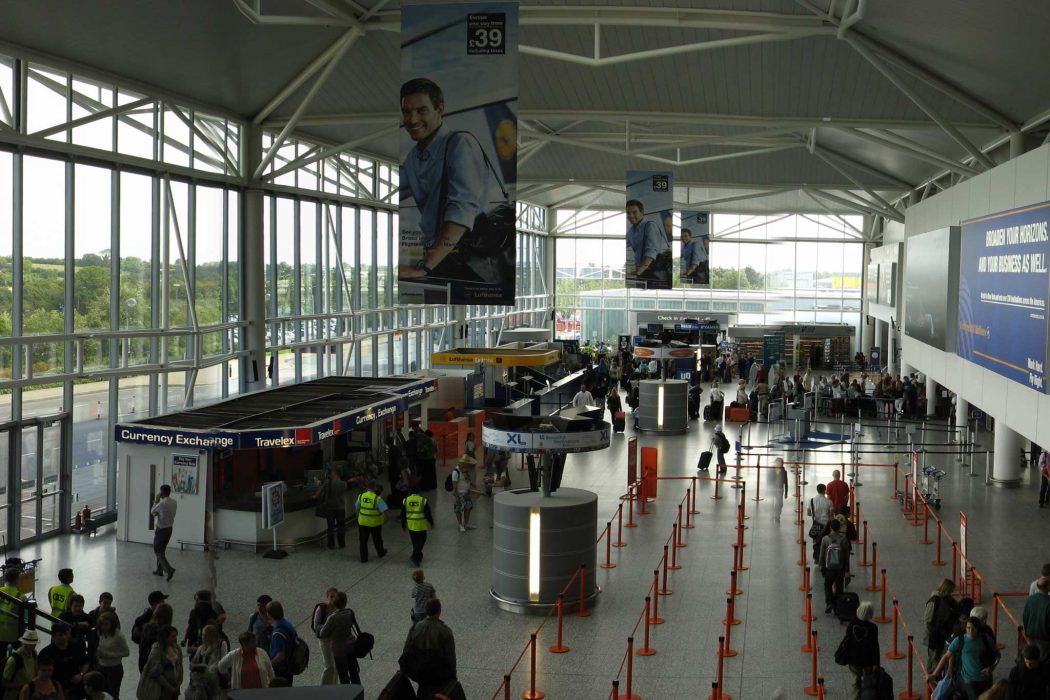
Introduction
The Elizabeth Line has been a significant addition to London’s troubled transport system, enhancing connectivity across the city and its outskirts. Opened in May 2022, this new railway line has been heralded as a transformative project, aiming to ease congestion, improve reliability, and stimulate economic growth. Its relevance is underscored by the growing demand for efficient transport solutions as London continues to expand.
The Importance of the Elizabeth Line
The Elizabeth Line, named after Queen Elizabeth II, spans over 60 miles from Reading and Heathrow in the west to Abbey Wood and Shenfield in the east, shortening travel times for thousands of commuters. It ultimately provides a new link between regions that were previously underserved by direct rail services. With the capacity to carry around 200 million passengers each year, it is expected to significantly reduce travel times across the capital. For instance, a journey from Paddington to Canary Wharf is now just 40 minutes, a vast improvement compared to traditional services.
Key Features and Improvements
The line boasts new rolling stock, increased frequency of trains, and step-free access at all stations, making it more accessible for individuals with disabilities. Moreover, the introduction of 21 new stations, including significant stops like Tottenham Court Road, has enabled better access to central London. The service runs every five minutes during peak times, further showcasing its efficiency compared to older rail systems.
Economic Impact
Beyond improving daily commutes, the Elizabeth Line is set to stimulate economic activities in various boroughs, with an estimated boost of £42 billion to the UK economy. Local businesses are expected to thrive due to increased footfall, while the expansion of transport options enhances residential attractiveness in areas along the line. Furthermore, improved connectivity may result in a redistribution of where people choose to live and work within the city, alleviating pressure on overcrowded areas.
Conclusion
The Elizabeth Line is more than just a transport development; it represents a forward-thinking investment in London’s infrastructure with far-reaching implications for its economy and the lives of its residents. As the line continues to settle into operation, it likely will contribute to the ongoing evolution of the capital’s transport landscape, promoting sustainable urban growth. Looking to the future, the Elizabeth Line could serve as a model for other cities grappling with similar transport challenges.
You may also like

Bristol Airport: The Future of Travel and Innovations

Exploring the Elizabeth Line: A New Era for London’s Transport
